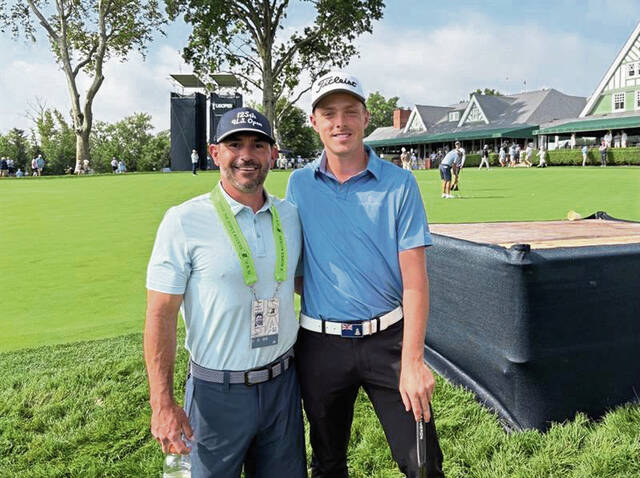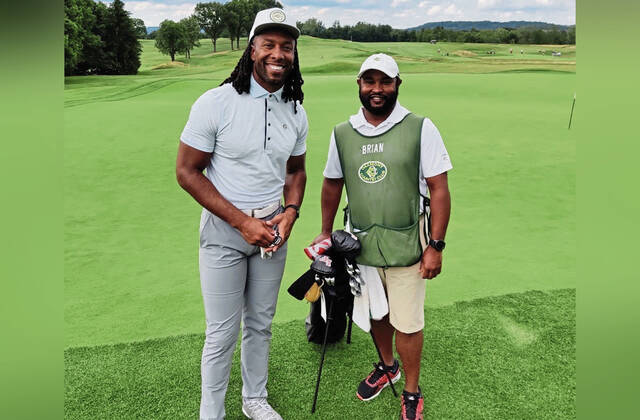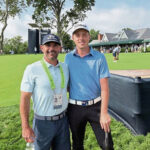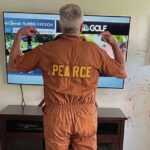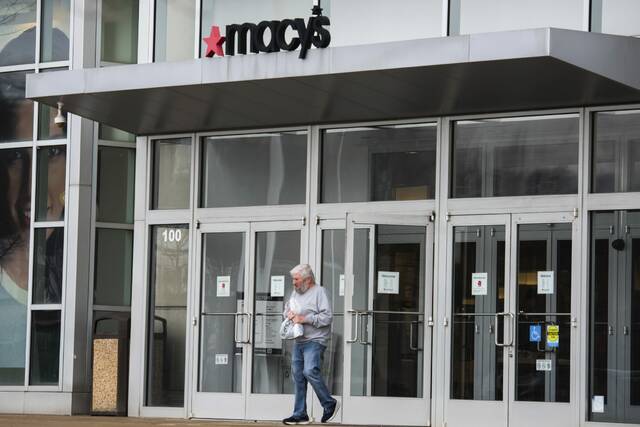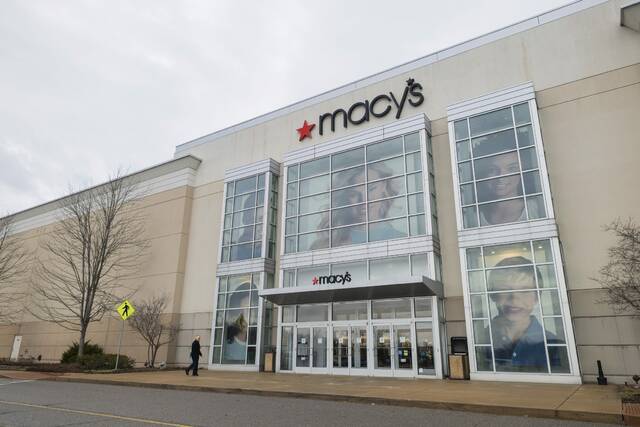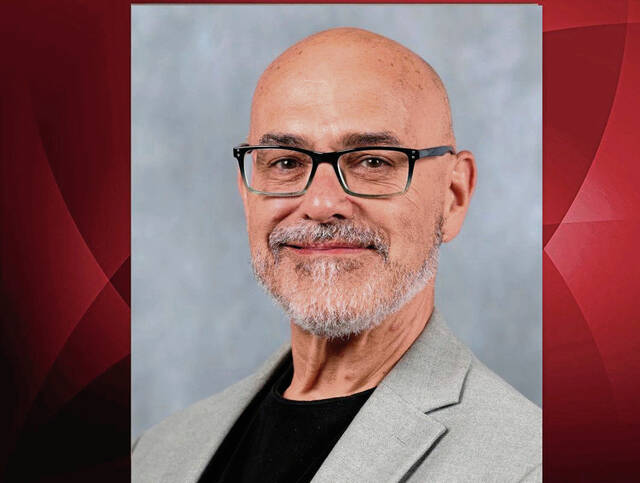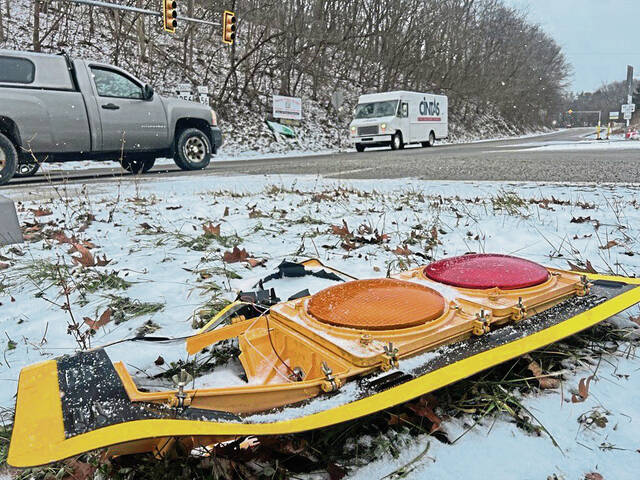Aaron Williams is among a select few when it comes to Oakmont Country Club caddies: He has found himself on a bag this week for the U.S. Open.
After narrowly missing an opportunity to caddie at the 2016 U.S. Open at Oakmont, Williams was committed to working the tournament this year. Through a few degrees of separation, he came into contact with Justin Hastings, a rising 21-year-old golfer out of the Cayman Islands.
Hastings, who just graduated from San Diego State, won the Latin American Amateur Championship in January, making him eligible for this week’s tournament.
“The more I looked into Justin, the more I liked him. I loved everything he said,” Williams said. “I’m really looking forward to it. The kid’s got some game.”
The tournament will be the biggest event at Oakmont over the next decade, but Williams said he is trying to think of it as only a “slightly bigger stage.”
He said he is hoping for clear skies to keep the course dry and its greens at their traditional fast — and notoriously difficult — pace.
“I think Justin and I will have a bigger advantage the harder the course plays because that’s when the little secrets come out,” Williams said. “When it’s soft, a lot of the trickery is out. So we’re hoping for firm grass, and I get to share everything I know with Justin.”
Hastings said Williams has “helped so much” as the two practiced Monday during the first official practice rounds. The first round tees off Thursday morning.
To find success at Oakmont, players need to “change their mentality,” Williams said, and focus on averting high scores rather than taking risky shots to shed strokes.
Dustin Johnson, for example, won the 2016 tournament at 4-under par, after several days of rain made the course more playable. But in 2007, when the course stayed dry and fast, Angel Cabrera claimed victory by finishing at 5-over.
Williams hopes his knowledge of the course will be “magnified” as Hastings, who had not played at Oakmont before a few weeks ago, negotiates his way across the greens.
“I’m feeling really good. I thought I’d be more nervous about it, but knowing the course the way I do and this being home for me really takes a lot of the stress out,” said Williams, who is one of only two Oakmont caddies to be on a bag this week.
Other Oakmont caddies
The club’s numerous caddies often fill other vital roles during the tournament — even if they aren’t carrying a bag for a competitor.
Brian Ford, who has caddied at the club for more than two decades, said caddies frequently take odd jobs or jump in where needed. In 2016, for example, Ford worked in a merchandising tent for a sports apparel company.
Some caddies might take gigs as drivers or work for television networks as spotters.
During practice rounds, local caddies might offer expertise to the pros, Ford said.
“They might just follow us around, take notes and listen to what we have to say as far as terrain,” he said.
During the tournament, caddies operate more like utility players, snagging gigs as they come, according to Oakmont Country Club caddie master Matt Holmes.
“A caddie’s responsibilities, they change because players bring in their own caddies with them professionally,” he said.
A fresh perspective
For Wes Lorish, 18, of Plum, this year is his first U.S. Open since becoming a caddie at Oakmont.
Lorish, who graduated from Plum High School this month, is a standout golfer who earned a scholarship to play at Marshall University. He missed advancing to the final round of this year’s U.S. Open qualifying by one stroke.
Though he wasn’t quite sure what his role would look like this week, Lorish hoped to at least caddie during practice rounds.
“There’s nothing like it, and no other U.S. Open course does it like Oakmont does,” he said.
Lorish said he also might end up working as a valet at a lot where attendees can park before shuttling to see the tournament.
A veteran perspective
Ed Wieszczynski , 71, said he remembers when more than just a few Oakmont caddies could snag a bag at the U.S. Open.
An Oakmont caddie from 1967 to 1975, Wieszczynski said he started out hitchhiking to the course from his childhood home in Springdale Township before later caddying in the 1973 U.S. Open.
Back then, his circumstances weren’t unique. Before 1975, the U.S. Open required players to use club caddies. And most of those caddies, Wieszczynski said, were guys from surrounding neighborhoods, spurring local rivalries.
“It was a lot of fun being with all the different guys and the rivalries among Oakmont, Verona, Springdale, West Deer,” he said.
In the 1973 U.S. Open, Wieszczynski was partnered with Eddie Pearce, a Florida native who had seen moderate success to that point. The two, however, failed to make the cut.
Wieszczynski remembers “sharing sob stories” with other eliminated caddies when he heard Arnold Palmer needed a caddie. A colleague jumped at the chance, and Palmer ended up placing fourth that year.
But the stars could have taken Wieszczynski in another direction.
In a previous tournament, he had caddied for Colorado-born golfer John Schlee. After an initially rocky relationship, the two ended up working well together, he said.
Schlee asked Wieszczynski whether he believed in astrology. When Wieszczynski said he had an open mind, Schlee told him that all his stars were aligned for June 1973, the month of the U.S. Open in Oakmont.
Although Wieszczynski didn’t think much of it at the time, Schlee ended up finishing in second place, one stroke behind Johnny Miller. It was Schlee’s best career result.
“I’m thinking, ‘Is there something to astrology or did he just talk himself into it?’ ” Wieszczynski said.
Wieszczynski hasn’t missed a U.S. Open since leaving the caddie business for a career in information technology. This year, he’s taking his granddaughters to the tournament.
Even now, he said, his 1973 U.S. Open uniform still fits.
As for Ford, he plans to sit out this year after a long winter season working at the exclusive Indian Creek Country Club in Florida. He said he is content to be a member of the audience this time around.
Still, he thinks players would be wise to heed some local advice as they prepare for Oakmont.
“The difficulty of the course dictates that our recommendations are a little more poignant,” he said, “because the difficulty of the shots that are missed are expounded way more.”




